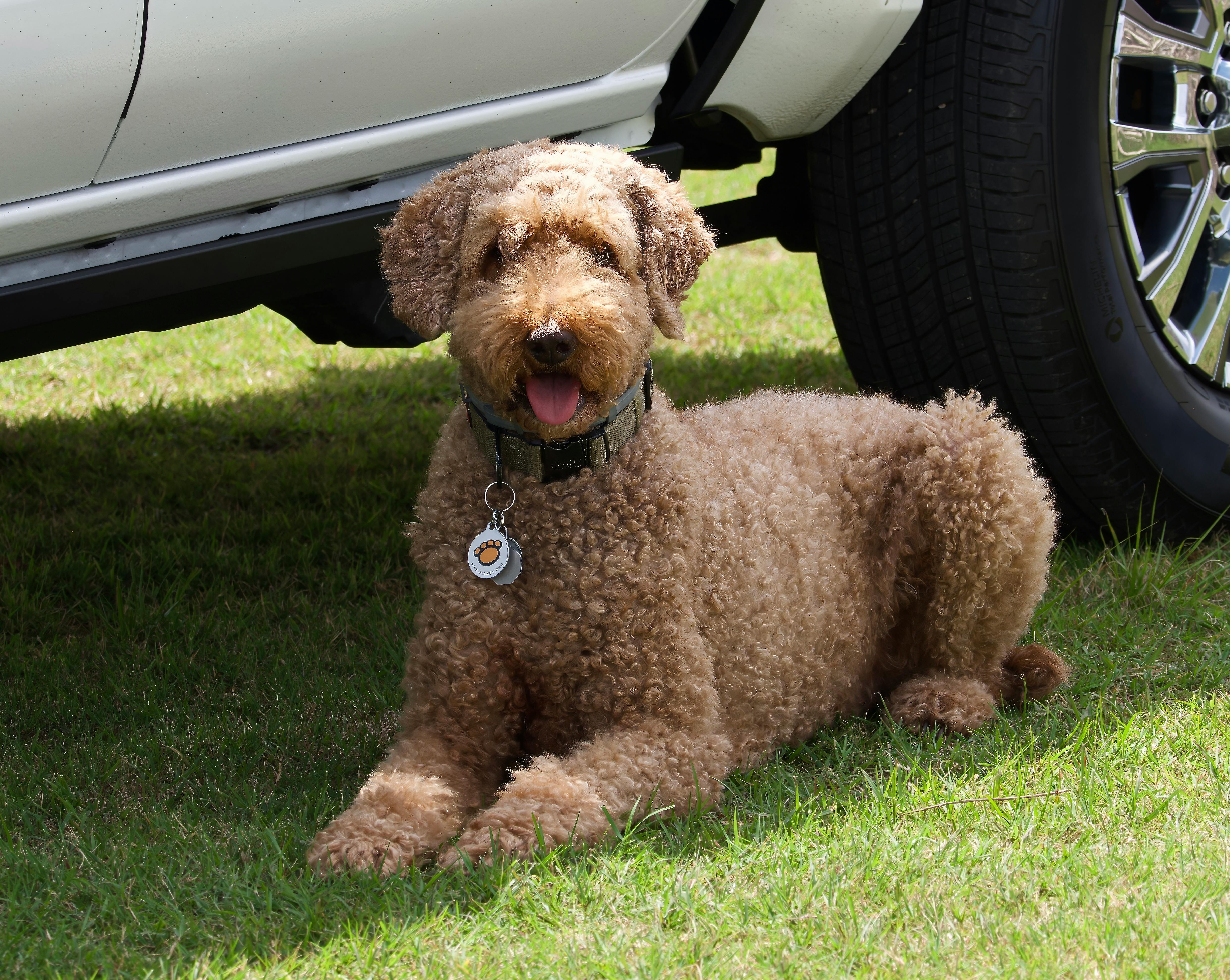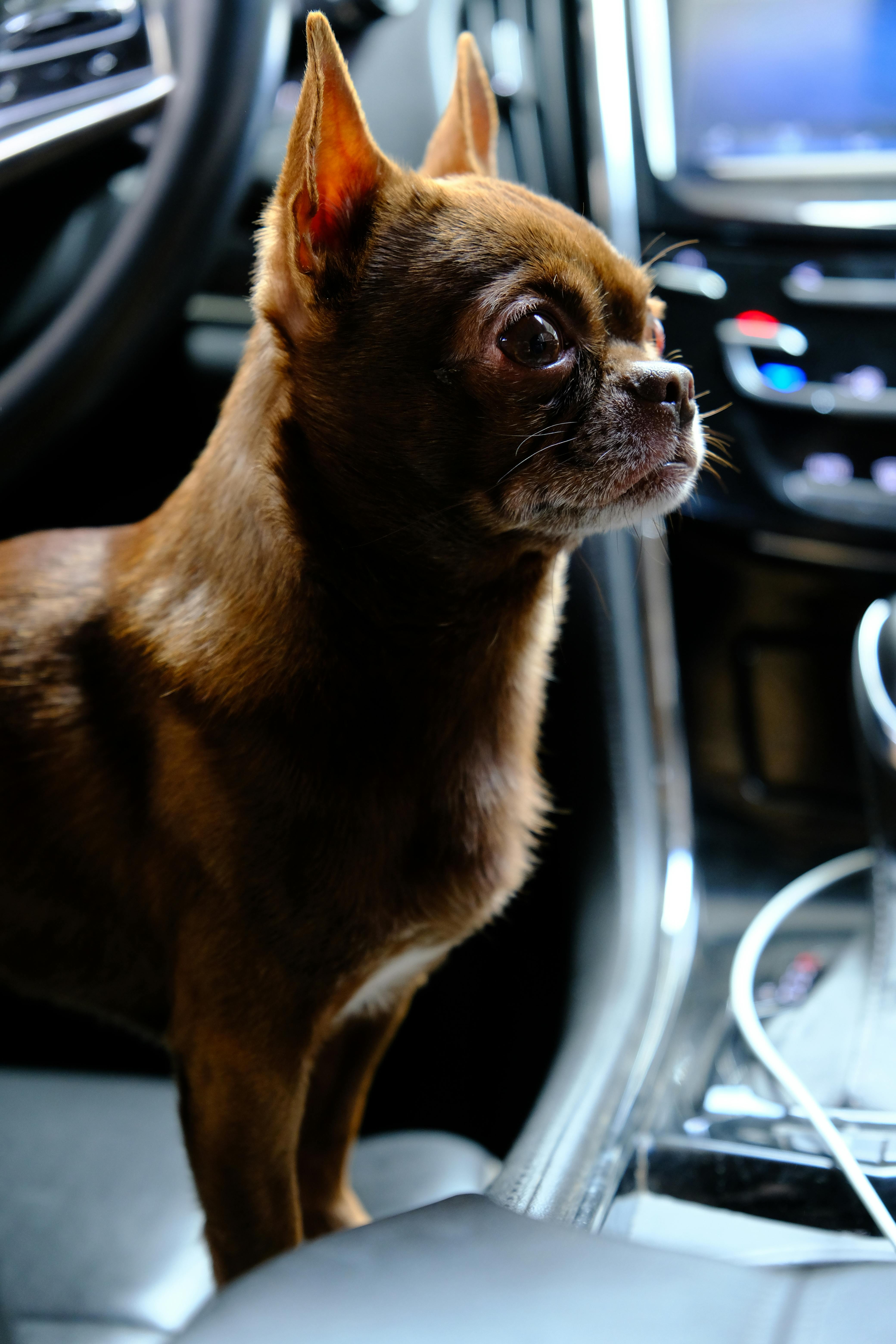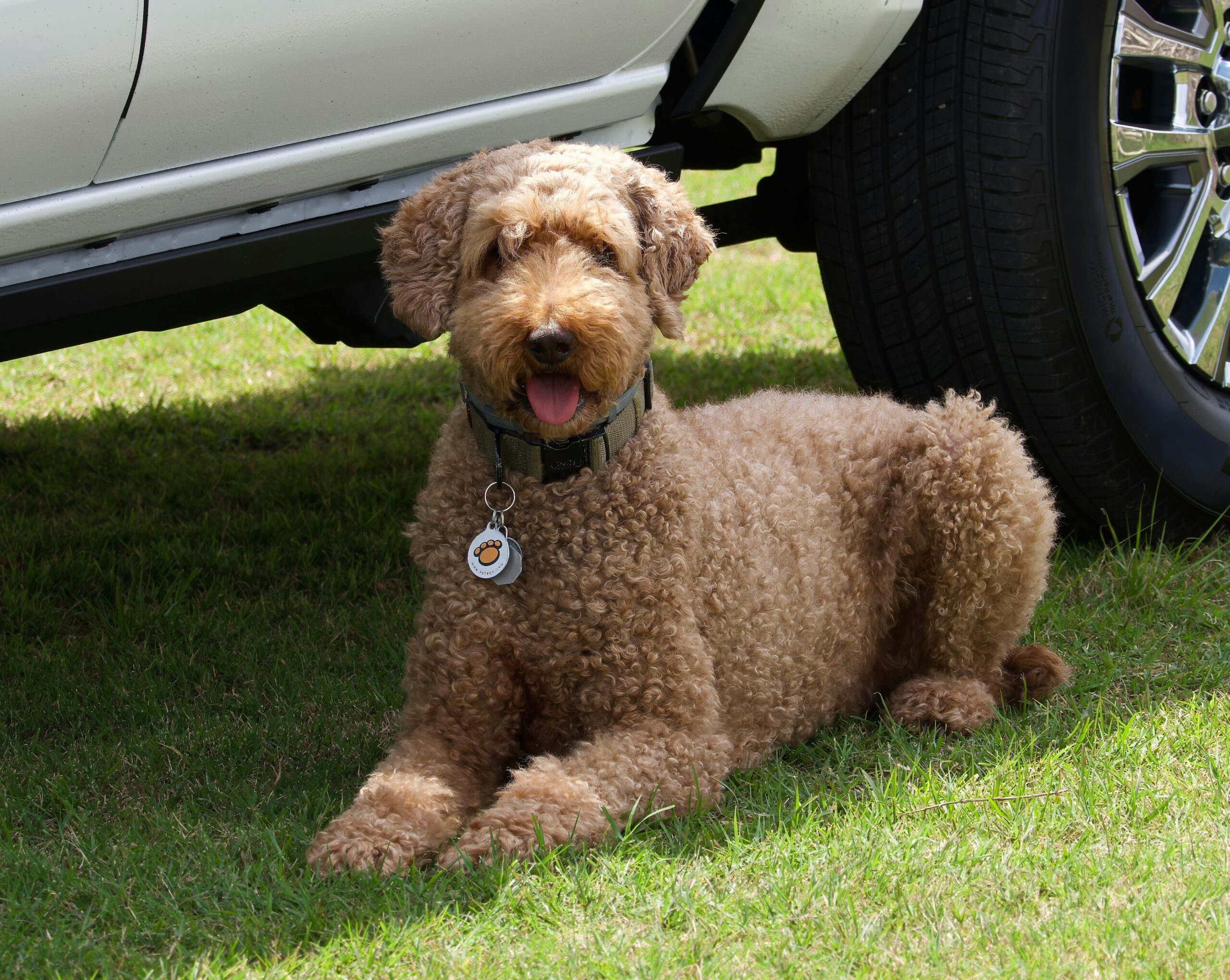Best Pet AC for Car: Keep Your Pet Cool Anywhere
Traveling with pets during hot weather can be challenging without proper climate control. A pet AC for car is an innovative solution that ensures your furry companion stays comfortable, even on the hottest days. This guide dives into everything you need to know—from basic functionality to advanced applications—about choosing and using a pet AC effectively.

Understanding the Fundamentals
A pet AC for car is a specially designed air conditioning system that maintains a safe temperature for animals while traveling. Unlike traditional vehicle air conditioners, these units focus on creating pet-specific comfort zones. Their rise in popularity correlates with increased awareness of animal well-being during road trips.
Understanding how these systems work helps pet owners make informed choices, avoid overheating risks, and support their pet’s health while traveling. Think of it like choosing a car seat for safety—climate control should be equally prioritized.
1.1 What Is a Pet AC System?
A pet AC system is a portable or integrated air conditioning unit optimized for maintaining ideal temperatures for pets. These devices can either work independently of your car’s main AC or enhance it. Many come with temperature sensors, auto shut-off features, and adjustable airflow settings.
For example, some high-end dog car air conditioners can detect when cabin temperatures exceed a safe threshold and automatically cool the area. A 2023 Pet Travel Association study showed that pets traveling with cooling units experienced 70% fewer heat-related issues.
1.2 Why Regular Car AC Isn’t Enough
Standard automotive AC systems are designed for humans, not pets. They don’t provide targeted cooling for backseat crates or cargo areas where pets often travel. Moreover, airflow might not reach pet enclosures adequately.
This makes a dedicated pet cooling system essential. These devices are designed to operate in enclosed spaces, making them perfect for dog kennels, travel carriers, and even SUV trunks.
Practical Implementation Guide
Implementing a pet AC for car setup involves more than plugging in a unit. Placement, power sources, and monitoring all influence how well the system performs. Here’s how to make sure your setup is safe, effective, and easy to manage on the road.

2.1 Actionable Steps
- Choose the right model: Select a unit based on your car size, pet size, and travel frequency. Brands like Zero Breeze and MightyKool are popular choices.
- Secure power supply: Use a 12V DC adapter or a portable battery pack. Ensure your car’s electrical system can support the wattage of your pet AC unit.
- Position for maximum airflow: Install the unit where airflow can directly reach your pet. Avoid placing it near obstacles or tight corners.
2.2 Overcoming Challenges
Some common issues include inadequate cooling, high energy consumption, and noisy operation. To address these:
- Use insulation panels for crates to enhance efficiency
- Opt for units with quiet motors under 50 dB
- Keep the car in shade and start cooling before departure
Experts also recommend checking the airflow output with a hand test and adjusting vents regularly. Regular maintenance prevents clogging and overheating of the unit.
Advanced Applications
Once you’ve mastered the basics, you can explore more advanced uses of a pet AC for car. These options provide added convenience and control, especially during long-distance trips or multi-pet travel.

3.1 Smart Cooling Systems
Smart pet AC units can be synced with mobile apps for remote monitoring and control. Some even offer geofencing and alerts when your pet’s environment becomes too hot or too cold.
Case studies show these systems reduce heat-related stress by up to 85% during long hauls. Metrics like cabin temperature logs, humidity, and run-time reports help track performance.
3.2 Integration with Vehicle Systems
Advanced setups can integrate with vehicle ACs using smart relays or custom ducting. This ensures consistent airflow even when the vehicle is idle or parked.
Make sure your car’s make and model support such upgrades, and consult professionals to avoid warranty violations or electrical issues.
Future Outlook
As pet travel becomes more common, so does innovation in pet cooling. Expect to see solar-powered pet AC units, AI-based climate control, and compact dual-zone cooling systems emerge in the next 3-5 years.
Pet owners should stay updated on new technologies, consider upgrade paths, and check regulations, especially when crossing state or country borders with animals.
Conclusion
Using a pet AC for car trips is more than a luxury—it’s a responsible step in pet care. Key takeaways include the importance of proper airflow, selecting the right model, and ensuring reliable power sources.
Invest in your pet’s comfort and safety by choosing a reliable portable pet AC today. Whether it’s a summer drive or a cross-country journey, your furry friend deserves to stay cool and comfortable throughout the ride.
Frequently Asked Questions
- Q: What is a pet AC for car? A pet AC is a cooling device designed to regulate temperature around your pet during car travel, ensuring their safety and comfort.
- Q: How do I get started with a pet AC? Choose a unit based on your pet’s size, your car type, and your travel needs. Install it securely and test before travel.
- Q: How long does it take to install? Most systems can be installed in 15–30 minutes, depending on complexity and whether professional help is needed.
- Q: Are pet AC units expensive? Prices range from $100 to $700 depending on features like smart control, power efficiency, and brand reputation.
- Q: How does a pet AC compare to regular car AC? Pet ACs provide localized cooling, are quieter, and are safer for enclosed pet spaces than general vehicle ACs.
- Q: Is it hard to operate a pet AC? Most units are plug-and-play with intuitive controls. Some offer app integration for easier management.
- Q: Can I use this in professional pet transport? Absolutely. Many pet taxis, shelters, and grooming vans use specialized cooling systems to ensure animal welfare during transit.
